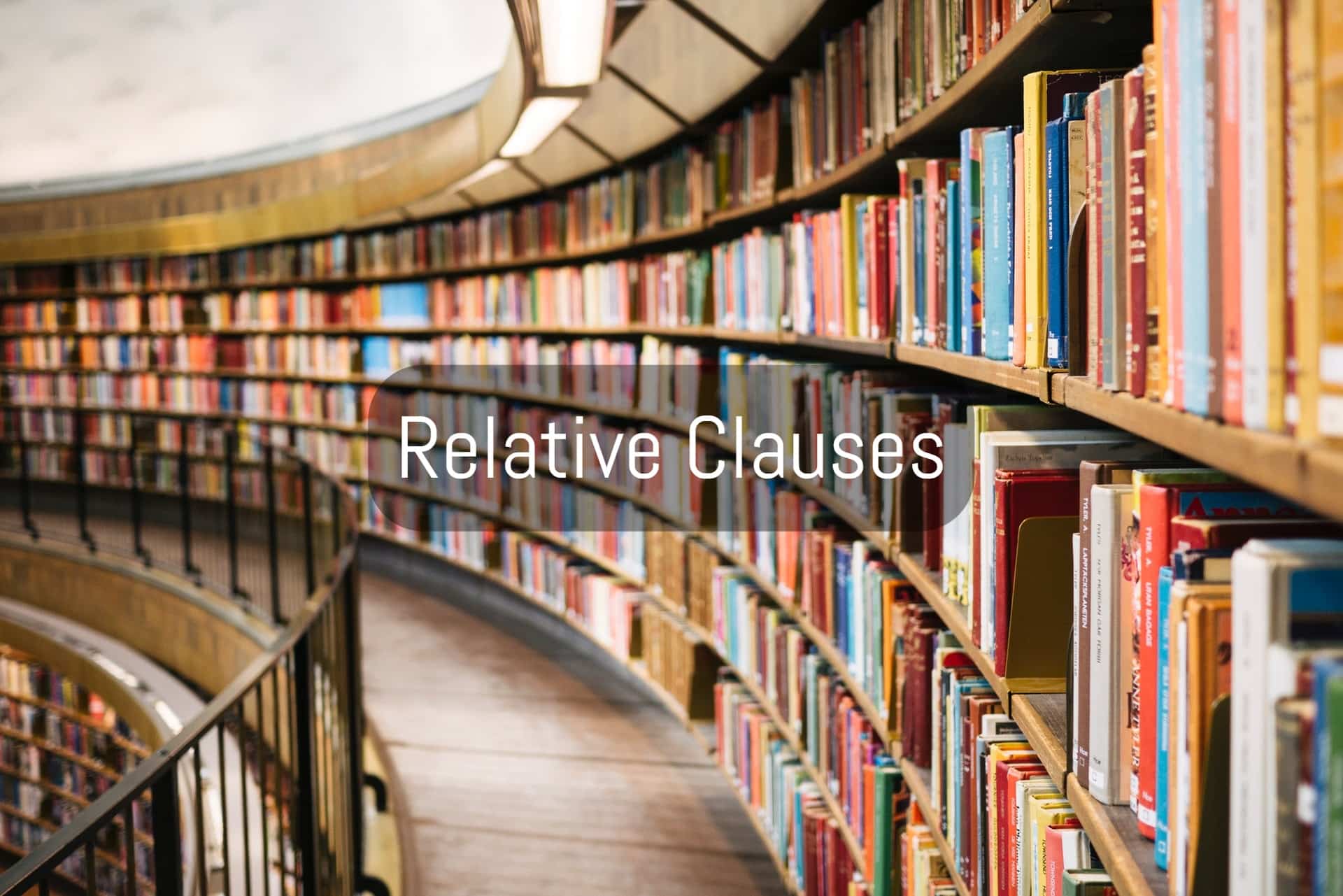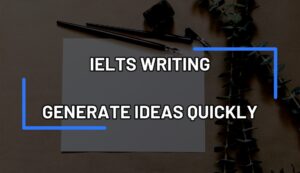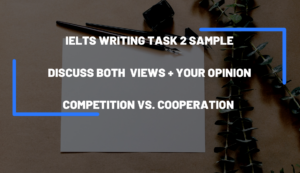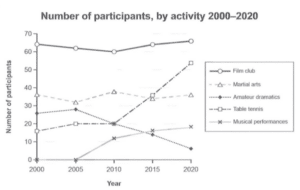Take a look at the following sentences.
- The people who live in urban areas have busier lifestyles.
- My grandmother, who is 85 years old, gave me very good advice yesterday.
- I don’t like the music that you are listening to loudly.
- This is the place where you can find any books that you have been looking for.
- She wears a ring belonging to her mother.
- The company employs more than 2000 people, many of whom are from Canada.
I’m sure you have seen sentences like the ones above many times. The parts in red are called relative clauses. These clauses tell readers/listeners more about the people or things that we are talking about. As you can see, they usually start with who, whom, which, whose, and that. These words are called relative pronouns. Relative clauses can also begin with when, where, whenever, and wherever (relative adverbs). However, we can omit these pronouns on some special occasions. Sounds confusing? Well, continue reading to understand everything about relative clauses.
How and why do we make relative clauses?
Look at the sentence below:
Alice has a brother.
Now, I want to go on and provide more information about her brother.
Alice has a brother. Her brother is 15 years old.
Despite being grammatically correct, the added information doesn’t sound natural. Therefore, we omit the unnecessary parts and join the two sentences.
Alice has a brother who is 15 years old.
This new sentence is much smoother and more advanced. This is the basic explanation of how and why we make relative clauses. Now, let’s dig deeper and find out more about them.
As you just saw, the purpose of relative clauses is to give more information about people, animals, or things. This information is sometimes essential, and sometimes it isn’t. Therefore, there are two types of relative clauses: Defining Relative Clauses (for essential information) and Non-defining Relative Clauses (for non-essential information).
Question: How do we know which information is essential and which isn’t?
Answer: Take, for example, this sentence: I’d love to meet the person that wrote this book.
Now, if I remove the relative clause, I will be left with this sentence:
I’d love to meet the person.
You may ask, “Which person?”
This is why this relative clause becomes essential for you to know who I am talking about. Without it, you get confused.
Now, take a look at this sentence: Last summer, I spent a few days in London, which is the capital of England.
If I remove the relative clause, I will have this:
Last summer, I spent a few days in London.
How about now? Are you confused? Of course not. Because there is only one London, you won’t ask, “which London?”
So this relative clause is not essential and therefore can be omitted.
Question: Where do we use each relative pronoun?
Here are the points you need to know about each one:
Who:
This relative pronoun is used for people as the subject or object of a verb.
Examples:
- Information about the subject: The swimmer who won the gold medal was from the U.S.A.
- Information about the Object: Yesterday, I read about a person who had extraordinary abilities.
Whom:
This relative pronoun is used for people as the object of a verb in very formal speech and writing. In everyday spoken or even written English, people usually use who rather than whom.
Examples:
- She showed us a photo of her son, whom she adores.
- Yesterday, he met two musicians whom he admires.
Note: We also use whom immediately after a preposition; however, we cannot use who in this context unless we move the preposition to the end of the clause.
Examples:
- To whom do you wish to speak?
- Who do you wish to speak to?
- She married a man with whom she had a lot in common.
- She married a man who she had a lot in common with.
Whose:
We use whose to show possession by people, animals, or things.
- She is talking to the man whose jacket is brown.
- I took care of a dog whose leg was broken.
- I like the car whose color is white.
Which:
This relative pronoun is used for animals or things as the subject or object of the verb.
Examples:
- The new hotel, which will accommodate 300 rooms, is going to be built in this area.
- This is the same picture which I saw a few years ago in a restaurant.
What: (the thing which)
The word “what” cannot be used as a relative pronoun. However, when it is used in a sentence to refer to a thing (not humans), it creates a nominal relative clause. Such clauses are used as nouns and are subjects or objects in their sentences.
Examples:
- Object: I love what he has done with the house.
- Subject: What you told me shocked me to my very core.
Question: What exactly is the difference between what and which?
Take a look at the example below.
- Show me what you bought.
You cannot say, “Show me which you bought.”
If you want to use which (a relative pronoun) in your sentence, you will also need to mention the item that it refers to. Remember that relative clauses give information about a noun that exists in the sentence.
Correct: Show me the thing which you bought.
I believed what he said. = I believed the things which he said.
As you can see, the word what has replaced the noun (the things) and the relative pronoun which. Because of this, the clause made with what is called a nominal relative clause.
Note: Nominal means “used as a noun”
When and Where:
These two relative adverbs are used to refer to time and location respectively.
Examples:
I don’t remember the day when you came here.
This is the place where I hid the key.
That:
We can use that instead of who, whom, or which in relative clauses to refer to people, animals, and things. That is more informal than the other three. Moreover, we can only use “that” in defining relative clauses. Continue reading to learn what they are.
Defining Relative Clauses
By now, you must have understood which information is essential and which isn’t. A Defining relative clause comes after a noun and provides essential information about it. It can come in the middle or at the end of a sentence and is not normally separated by commas.
Examples:
- This is the house where I grew up.
- I like people that/who have a good sense of humor.
- The car that/which has caught my eyes is very expensive.
- The man that/who owns this restaurant is not here at the moment.
Note: When a relative pronoun in a defining relative clause refers to the object of the verb, not the subject, we can omit it.
Example:
- I lost the pencil you had given me.
Originally, the sentence was like this:
- I lost the pencil that you had given me.
Question: How do we know that the relative pronoun refers to the object?
Answer: It’s simple. If there is a name or another type of pronoun after the relative pronoun, it means that it refers to the object.
In the following examples, the relative pronouns refer to the objects of the verbs.
- I still have the keys that your father gave me. = I still have the keys your father gave me.
- I like people who I can talk to easily. = I like people I can talk to easily.
- This is the house where Jason was born. = This is the house Jason was born in.
In the following examples, the relative pronouns refer to the subjects of the verbs because they come before a verb; therefore, you cannot omit the relative pronouns.
- I don’t know the name of the person who gave me this note.
- Do you know the name of the person who has built this house?
- This is the dog that saved a lot of lives after the earthquake.
Non-defining Relative Clauses
A non-defining relative clause comes after a noun and gives extra information (non-essential) about that noun. Such clauses can be removed from a sentence without making it meaningless.
Note 1: We don’t use “that” as a relative pronoun in this type of relative clause.
Note 2: We always separate these clauses from the rest of the sentence by commas.
Note 3: If a non-defining relative clause comes at the end of a sentence, a period will replace the second comma.
Examples:
- His brother, who works at the hospital, is a very busy man.
- I read this novel last week, which is why I am talking about it now.
Question: Sometimes, I see sentences like the first example without commas? Why is that?
Answer: Here is where things get interesting:
Imagine these scenarios:
Scenario 1: Tina has only one brother.
So when she says, ” My brother, who works at the shopping mall, is a very busy man,” you cannot ask, “Which brother?”
Here, the extra information is not necessary because we know she can only talk about him when she talks about her brother.
The relative clause is non-defining: My brother, who works at the shopping mall, is a very busy man.
Scenario 2: Tina has two or more brothers.
So when she talks about her brother, you will need more information to identify which brother she is talking about. Therefore, that information is essential and should not be set off by commas:
The relative clause is defining: My brother who works at the shopping mall is a very busy man.
Now that you are familiar with defining and non-defining relative clauses, it is time for our final point.
Reduced Relative Clauses
A reduced relative clause replaces a defining relative clause. Depending on whether the sentence is active or passive, we use an –ing form or a past participle to replace the relative pronoun and verb.
Active sentences with defining relative clauses
- She is wearing the ring that belongs to her grandmother.
Reduced relative clause: She is wearing the ring belonging to her grandmother.
Note 1: we can only reduce defining relative clauses only if the relative pronoun refers to the subject of the verb. Therefore, we cannot reduce relative clauses like the ones below:
- He is driving the car that he bought yesterday.
- This is the house where I was born.
As you can see, the relative pronouns refer to the objects of the verbs and therefore cannot be reduced.
Note 2: We can’t use a reduced relative clause with an active single completed action:
- The man who invented the telephone was none other than Alexander Graham Bell.
The man inventing the telephone was none other than Alexander Graham Bell.
Passive sentences with defining relative clauses
- We will begin rebuilding the houses which were destroyed by the earthquake.
Reduced relative clause: We will begin rebuilding the houses destroyed by the earthquake.
- This is the car that was given to me by my father.
Reduced relative clause: This is the car given to me by my father.
Follow us on YouTube for more tips and resources.







